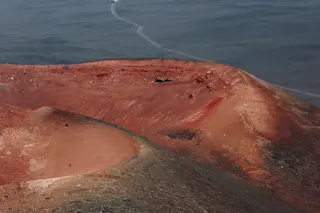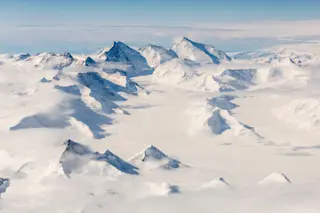One of the cinder cones formed during the 1975-76 eruption of Tolbachik in Russia. Image: Einar Fredriksen / Flickr. For the first time in 36 years, Tolbachik in Russia is erupting according to reports from Russia. KVERT, the volcano monitoring body for Kamchatka, released a bulletin describing a significant explosive eruption with the potential for ash explosions up to 10 km / 32,800 ft. With the many air routes across the northern Pacific, this eruption will need to be closely monitored for its impact on air travel over the eastern Siberian peninsula. The ash advisory from the Tokyo VAAC also mentions a report of ash at FL 330 (33,000 feet) that was spreading to the NNW. VolcanoDiscoveryreported that seismicity had been creeping upwards around Tolbachik since at least early November as well. Trying to get information from some of the hastily-translated articles from Russia is, ahem, fun. One described the ...
Russia's Tolbachik Erupts for First Time in 36 Years
The Tolbachik eruption 1975-76 remains significant, affecting air travel with ash explosions and ongoing seismicity in Kamchatka.
More on Discover
Stay Curious
SubscribeTo The Magazine
Save up to 40% off the cover price when you subscribe to Discover magazine.
Subscribe













